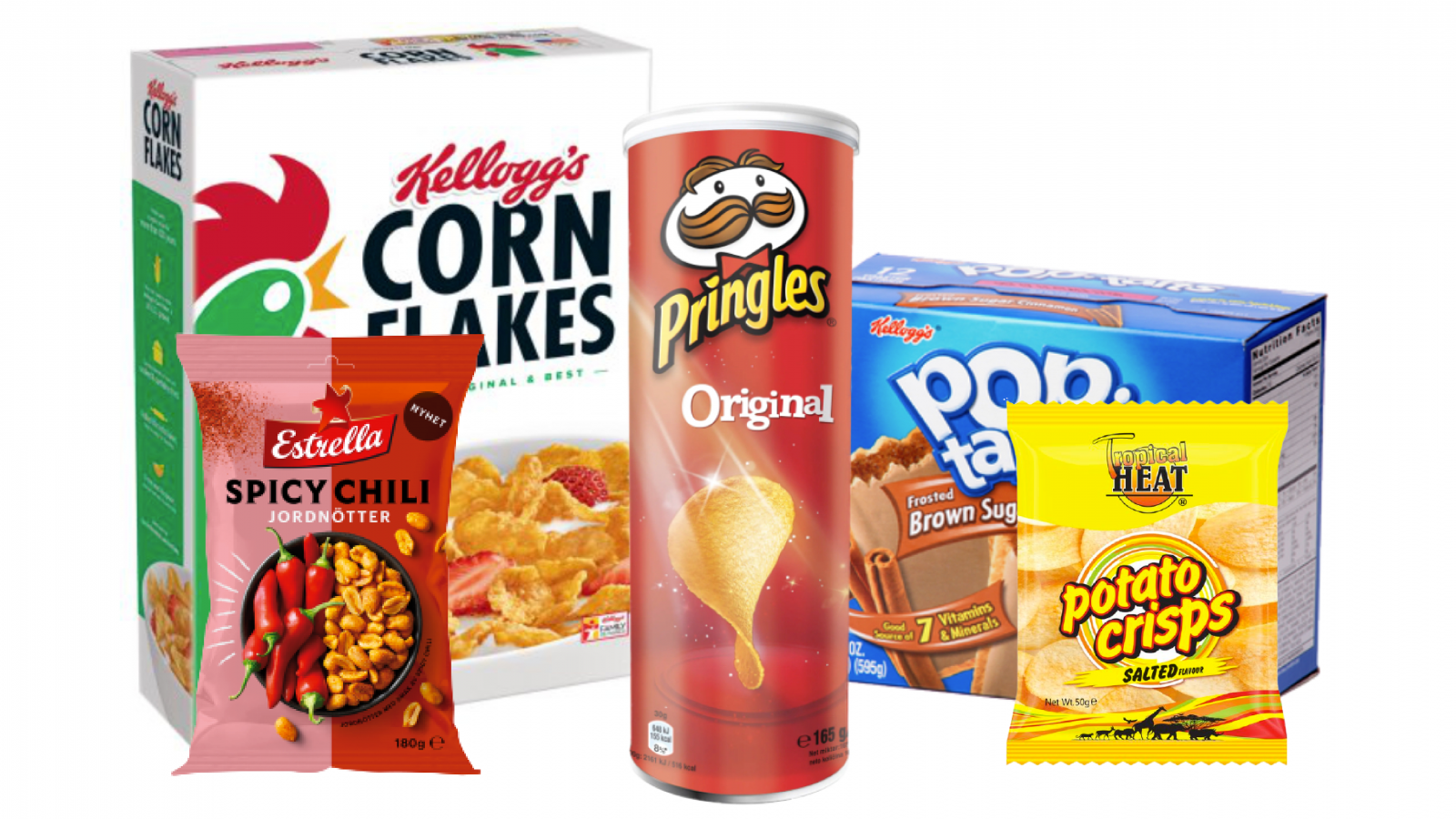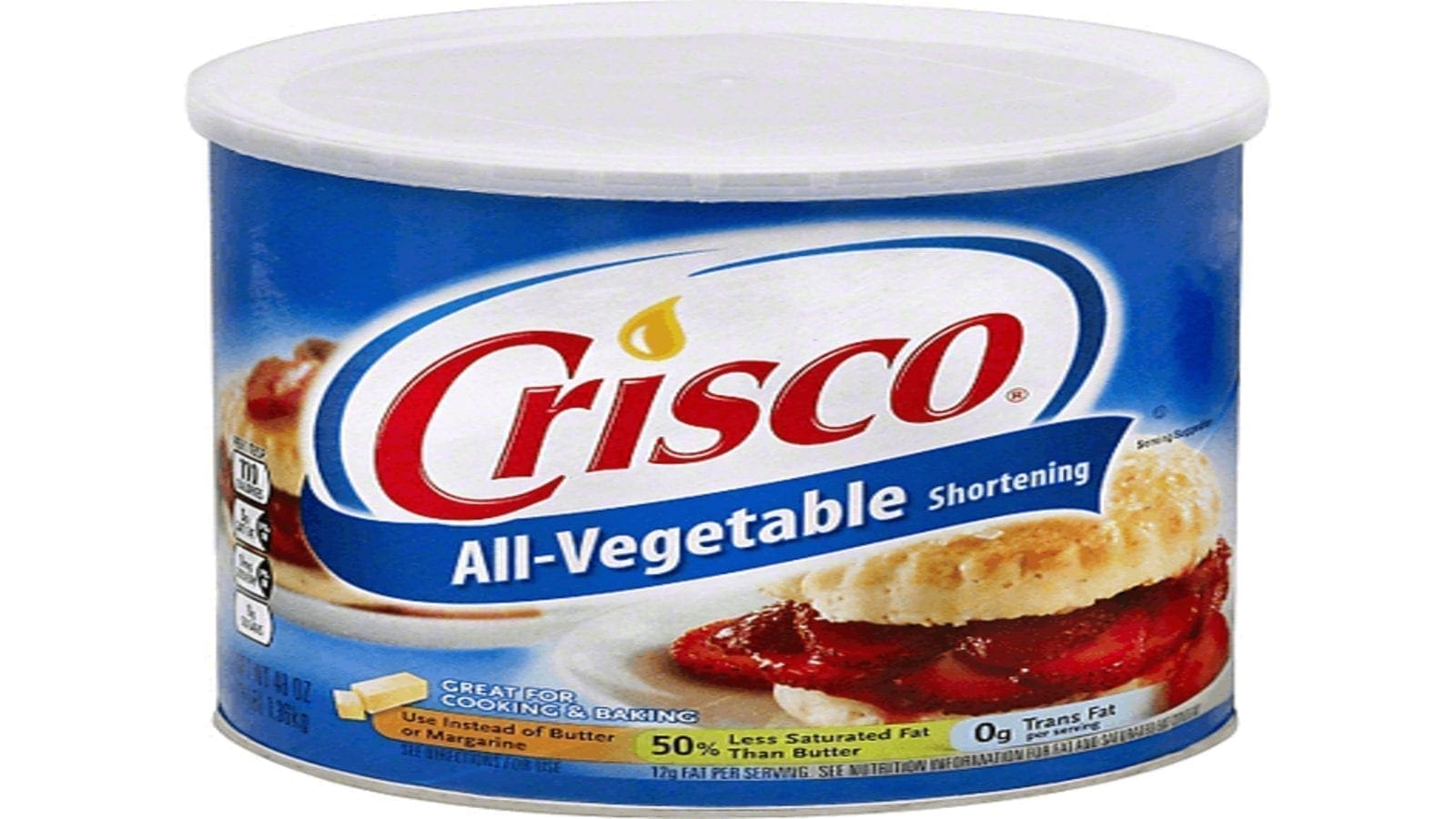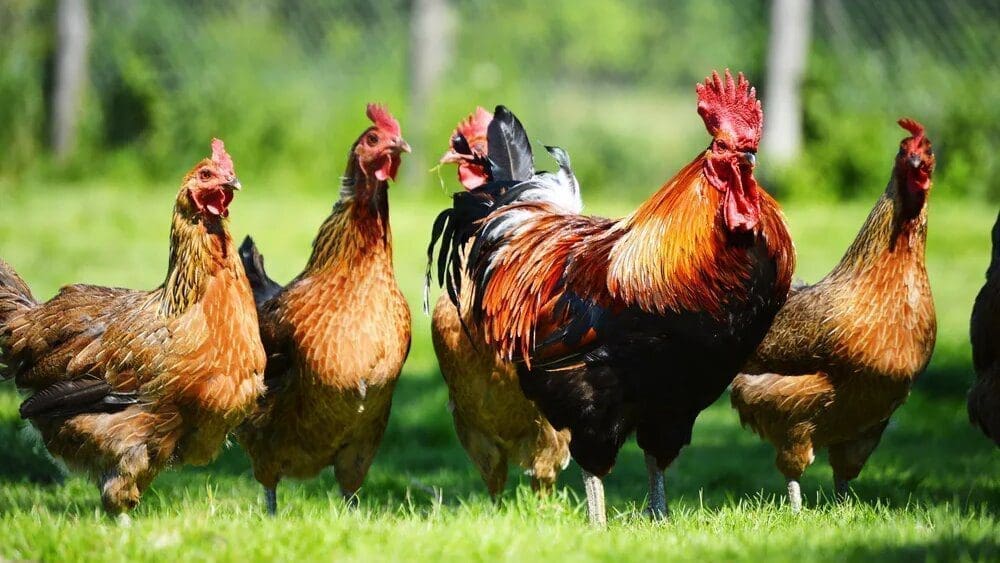Snack food packaging has evolved over the years to align with consumer demands for greater convenience, reliable containment, and sustained freshness. Suppliers of snack food packages have also been forced to innovate in order to meet recyclability and sustainability goals of major snack manufacturers.
Snack food packaging has evolved over the years to align with consumer demands for greater convenience, reliable containment and sustained freshness. Suppliers of snack food packages have also been forced to innovate in order to meet recyclability and sustainability goals of major snack manufacturers.
Consumers are always on the move today, picking up snacks at a kiosk or in the supermarket and then consuming them in smaller portions on multiple occasions. According to Séan Cairns, Sonoco’s VP and general manager for the European consumer products division, on-the-go consumption has incorporated new ideas like: “Will it fit into my pocket? Is the packaging sturdy and reclosable?” into consumer purchasing decisions. This has made the ideal on-the-go snack packaging to be the one that is easy to use, is reclosable, and fits the personality of the individual consumer.
To align with the demands of consumers, snack packaging manufacturers have come with new packaging designs that are convenient and easy to use. For example, bag closures from Kwik Lok Corp., help keep food fresh and safe and offer the consumer the option of reclosing the package, so they can enjoy the rest of the product later.
Presto Products Co. has taken the reclosure technology even further by introducing a Fresh-Loc Click ’N Lock sensory zipper that makes an audible noise when the package is opened and securely sealed, adding more assurance that the package is completely closed. Sealstrip Corp. has introduced SealAcross, an easy-open, tamper-evident, resealable label applied across the packaging film, which opens along the package’s full width at the end seal. According to Jo Anne Forman, director of product development at Sealstrip, their product does not affect packaging machine settings or speeds as the pre- applied rolling stock is even, smooth and flat. Heather Chandler, president, Sealstrip Corp., however, cautions that resealable features do not restore the original package barrier conditions, but only prevent repackaging of product in the wrong type of film, bag or container, which can cause a faster degradation of taste and texture.
An atmosphere of freshness
The proliferation of clean label snack, which are produced without artificial preservative and additive food ingredients, has posed new challenges to snack food packaging.
Removing preservatives from snack and bakery products can shorten their shelf life, resulting in high levels of food wastage. To offset this challenge, packaging manufacturers have developed new composite packaging with high barrier properties that keep oxygen out of the food packaging.
Modified-atmosphere packaging, which replaces oxygen inside the food packaging with nitrogen and CO2, has also been embraced during snack food packaging to preserve food for longer. “Active barrier films combined with modified-atmosphere packaging (MAP) creates an atmosphere of freshness thar is able to extend shelf life and improve food quality,” says Scott Corey, director of marketing at Sealed Air.
Consumers are always on the move today, picking up snacks at a kiosk or in the supermarket and then consuming them in smaller portions on multiple occasions.
Good for the planet
The current focus on sustainability has led to the proliferation of snack packaging that boast of environmental credentials.
Demand by brand owners for sustainable packages has reduced research in more complex polymers or encapsulated materials that generate more active properties in favour of compostable, biopolymers or mono materials.
Nestlé’s leading chocolate brand Kitkat has, for instance, pledged to be carbon neutral by 2025 and this has forced its packaging suppliers to look for a packaging that aligns with this goal. A breakthrough in the quest for sustainable packaging was announced by the chocolate brand in March 2021. Kitkat’s division in Australia said that it had managed to collaborate with other companies to create Australia’s first soft plastic food wrapper made with recycled content.
Dow, a giant in plastic polymers, has responded to brand demand for sustainability with Recycle Ready structures that are approved for the How 2 Recycle label and enable flexible packaging to be recycled in store drop-off locations around the country.
Sealed Air has also entered the sustainable packaging space by signing an agreement with Kuraray America Inc. to offer food packaging materials derived from Plant bio-based resins. According to the company, the materials provide a highly effective oxygen barrier that is cost-competitive when compared with traditional rollstock barrier films. Tielman Group, Toronto, has on the other hand, developed a laminated greaseproof paper that allows consumers to replace aluminium foil and plastic-coated board materials in snack packaging with paper. The material withstands baking at high temperatures and deep freezing, and functions well in microwave ovens.
Packaging for e-commerce
The proliferation of the internet in many regions globally has fueled the expansion of e- commerce. The Covid-19 pandemic has particularly helped this channel to grow faster than earlier projected, as consumers shifted online to adhere to social distancing measures put in place by health authorities.
Online grocery shopping which was previously a small segment of e-commerce has outpaced other categories and is expected to receive the largest share of growth. According to research conducted by Food Marketing Institute and Nielsen, 70 percent of consumers will be grocery shopping online by 2024.
The growing use of online shopping has posed new supply chain challenges for snack brands. With shopping for multiple products being done online, items like a bag of chips and laundry detergents which normally don’t mix may end up together in the delivery package. Will the chips take on the taste or odor of the laundry detergent?
These and many other concerns have led to brands to start working with suppliers to develop new packaging that are best suited for e-commerce handling. New snack packages have thus been developed that have added barrier properties to maintain product integrity for the consumer. This has been accomplished by using a mixture of materials to include films, foils, metalizations and polymers that deliver the right combination of barrier properties.

“Ensuring the product is intact during the final moment of truth—the period in which a consumer opens the package they’ve been waiting for and sees their ordered item—is as important as the quality of the product itself,” says Richard Custer, specialty commercial director, Presto Products. Chips won’t be the same if they’re broken, he adds.
To protect snacks from breakage and damage, manufacturers have had innovate. Geometry in the package style such as the “quad-seal” package style, has been used to help avoid breakages. Manufacturers have also embraced rigid side seals and gussets to provide stability and to cut down on product crushing during distribution.
Ideas for the next generation snacks
Brands and snack packaging manufacturers are still working to develop even better packaging for the snacks of the future.
AIMPLAS, a research center located in Valencia, Spain, is for instance working on a project to develop a printed sensor that can detect the presence of oxygen inside packaging. The goal is to make it possible to detect in-line defects in MAP during transportation and storage in a non-destructive and economical way.
Researchers at England’s University of Oxford have also developed a new type of nanosheet coating for food packaging that could replace metalized films currently in use. The new film is made by using an inexpensive process that produces thin films made from water and amino acids.
The film is transparent, and most importantly, does not allow gases or water vapor to pass through. The EU-funded NanoPack project, which came to a conclusion at the end of 2019, has shown some remarkable results in inhibiting microbial and fungal growth in bread and baked products. Players are waiting for the solution to be rolled out in future as it has already proven that it could be produced in commercial quantities.
With sustainability becoming a key pillar for most snack brands, sustainably produced snack packages are also expected to proliferate the market in future. The Circular Economy for Flexible Packaging (CEFLEX) project is a key initiative that could improve sustainability in snack brands in Europe. According to CEFLEX, the project has the ultimate goal of developing a collection, sorting and reprocessing infrastructure for flexible packaging across Europe by 2025. In May this year, major snack companies including Mondelēz International, Nestlé, PepsiCo and Unilever came together to support flexible plastic recycling in the UK. Making flexible plastic recycling economically viable for recyclers and easier for consumers in the UK and other regions is the aim of these snack brands. Its success will significantly improve the sustainability profile of this material, making snack food packaging an eco-friendlier process than it is now.
This feature appeared in the May/June 2021 issue of Food Business Africa. You can read the magazine HERE










